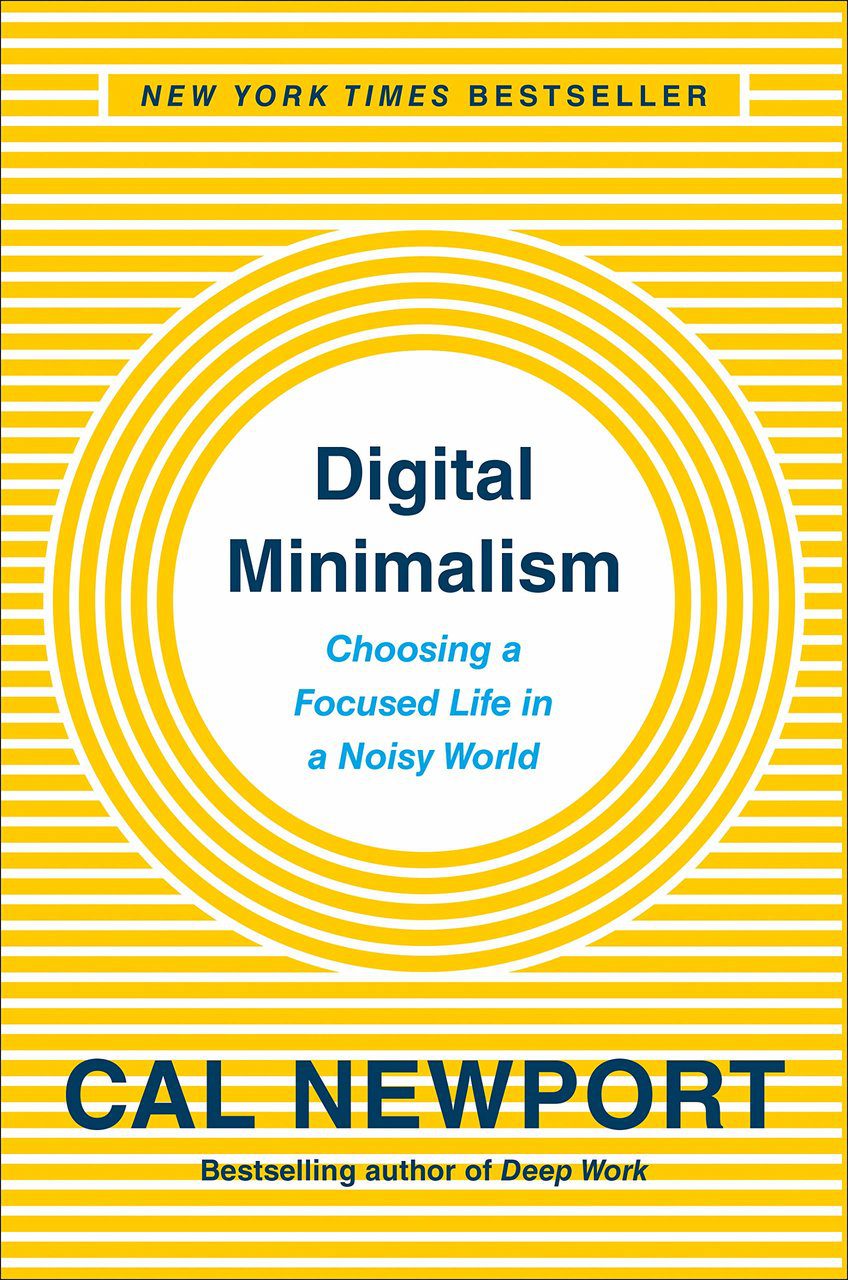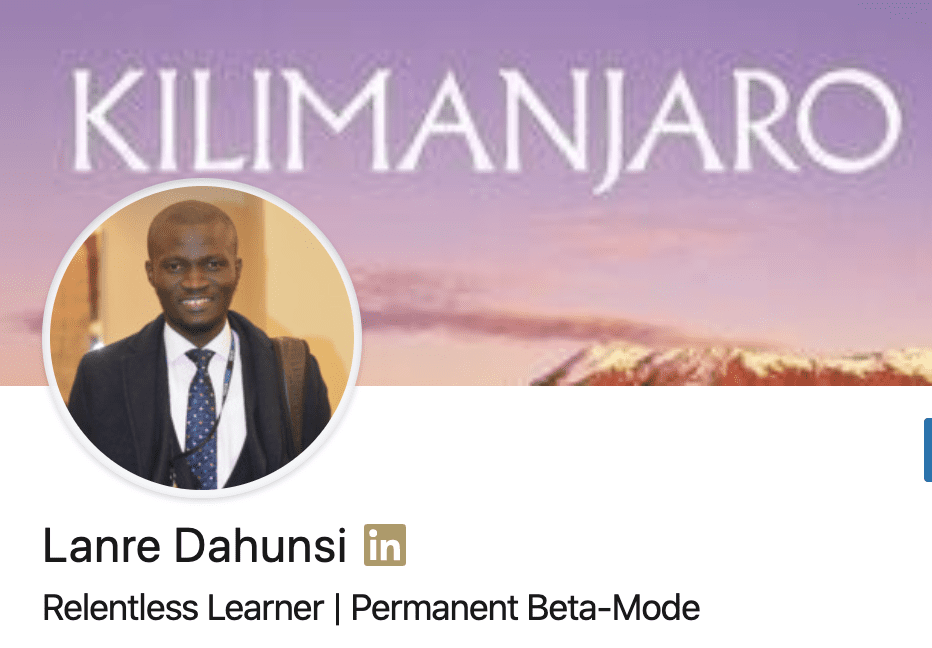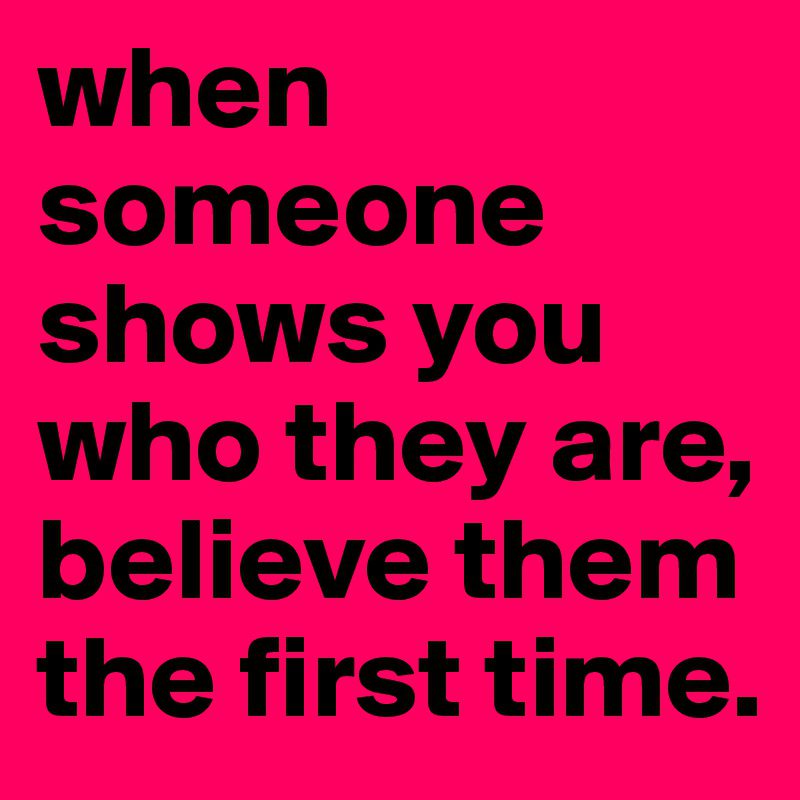The idea that it’s valuable to maintain vast numbers of weak-tie social connections is largely an invention of the past decade or so—the detritus of overexuberant network scientists spilling inappropriately into the social sphere. Humans have maintained rich and fulfilling social lives for our entire history without needing the ability to send a few bits of information each month to people we knew briefly during high school. Nothing about your life will notably diminish when you return to this steady state.
Print | Kindle (eBook) | Audiobook
The Digital Minimalism book by Cal Newport is by far one of the most influential books I have ever read because it contained lots of insights and suggestions on dealing with the social media pandemic/addiction.
After reading the book, I took some very tough decision which have been experimenting with for some couple of years (Since February 10, 2018) such as among other things:
- Deactivated my Personal Facebook, Twitter and Instagram Accounts.
- I go directly to the pages I want to view instead of going to the homepage of the platforms directly for example:
www.linkedin.com/in/lanredahunsi instead of www.linkedin.com - I only install whatsapp, 1-3 times per week to respond to messages and make some international calls. I have found that whatsapp is one of the hardest platforms to leave and one of the major time wasters as people always have your attention all the time.
- I use tools such as Rescue Time and Freedom to help me stay focused, block distracting websites and stay locked in with major goals I want to achieve.
- Remove all notifications on my phone
- Digital Declutter: Deleted all apps on my phones and only have In and Out apps such as Google Map, Podcast App, Screentime, Google Authenticator,
- Have high quality activity to replace the always on the internet habits. I replaced the digital maximalism with Reading Books (100 Books Reading Challenge), Ran Multiple Marathons, Run my Blog(s), Exercise More, Dedicate more time to writing IT Certifications, Listen to more Audiobooks.
Think about this: If you use social Media/stare at your screen all day:
- Social Media – 2 hrs /day – 730 Hours /Year = 1 Month/year = Every 12 years = 1 year on Social Media
- TV/Laptop/Entertainment : 2 hrs/Day =730 Hours /Year = 1 Month/year = Every 12 years = 1 year on Social Media
We need to Learn to Number our Days as the above time spent on this activity is quite a lot in our relatively short life.
A 2015 study by Common Sense Media found that teenagers were consuming media—including text messaging and social networks—nine hours per day on average.
We should maximize value while reducing cost to time and energy with purposeful rules for using a technology. The following questions may help:
- What do I value? Does a certain technology support that?
- What am I really gaining by using it?
- What do I need, what technology can fulfill that?
- What makes me use a certain technology: convenience or necessity?
- What are the habits that govern my use of technology?
Favourite Takeaways from Digital Minimalism by Cal Newport
Digital Minimalism
A philosophy of technology use in which you focus your online time on a small number of carefully selected and optimized activities that strongly support things you value, and then happily miss out on everything else.
The Digital Minimalist:
- If a new technology offers little more than a minor diversion or trivial convenience, the minimalist will ignore it. Even when a new technology promises to support something the minimalist values, it must still pass a stricter test:
Is this the best way to use technology to support this value? If the answer is no, the minimalist will set to work trying to optimize the tech, or search out a better option.
- By working backward from their deep values to their technology choices, digital minimalists transform these innovations from a source of distraction into tools to support a life well lived. By doing so, they break the spell that has made so many people feel like they’re losing control to their screens.
- They tend to be incredibly wary of low-value activities that can clutter up their time and attention and end up hurting more than they help. Minimalists don’t mind missing out on small things; what worries them much more is diminishing the large things they already know for sure make a good life good.
Digital Maximalist
- A maximalist is very uncomfortable with the idea that anyone might miss out on something that’s the least bit interesting or valuable.
.Newport asserted that we go back to social media because of the following reasons:
In his 2017 book, Irresistible: The Rise of Addictive Technology and the Business of Keeping Us Hooked, which details his study of this topic, Alter explores the many different “ingredients” that make a given technology likely to hook our brain and cultivate unhealthy use. I want to briefly focus on two forces from this longer treatment that not only seemed particularly relevant to our discussion, but as you’ll soon learn, repeatedly came up in my own research on how tech companies encourage behavioral addiction: intermittent positive reinforcement and the drive for social approval.
Our brains are highly susceptible to these forces. This matters because many of the apps and sites that keep people compulsively checking their smartphones and opening browser tabs often leverage these hooks to make themselves nearly impossible to resist. ”
We didn’t sign up for the digital lives we now lead. They were instead, to a large extent, crafted in boardrooms to serve the interests of a select group of technology investors.”
Reason we are addicted to Social Media: intermittent positive reinforcement and the drive for social approval
Intermittent Positive Reinforcement
As whistleblower Tristan Harris explains:
Apps and websites sprinkle intermittent variable rewards all over their products because it’s good for business.” Attention-catching notification badges, or the satisfying way a single finger swipe swoops in the next potentially interesting post, are often carefully tailored to elicit strong responses. As Harris notes, the notification symbol for Facebook was originally blue, to match the palette of the rest of the site, “but no one used it.” So they changed the color to red—an alarm color—and clicking skyrocketed.
The whole social media dynamic of posting content, and then watching feedback trickle back unpredictably, seems fundamental to these services, but as Tristan Harris points out, it’s actually just one arbitrary option among many for how they could operate. Remember that early social media sites featured very little feedback—their operations focused instead on posting and finding information. It tends to be these early, pre-feedback-era features that people cite when explaining why social media is important to their life.
The second force that encourages behavioral addiction: the drive for social approval.
As Adam Alter writes:
We’re social beings who can’t ever completely ignore what other people think of us.” This behavior, of course, is adaptive. In Paleolithic times, it was important that you carefully managed your social standing with other members of your tribe because your survival depended on it. In the twenty-first century, however, new technologies have hijacked this deep drive to create profitable behavioral addictions.
“Consider, once again, social media feedback buttons. In addition to delivering unpredictable feedback, as discussed above, this feedback also concerns other people’s approval. If lots of people click the little heart icon under your latest Instagram post, it feels like the tribe is showing you approval—which we’re adapted to strongly crave.* The other side of this evolutionary bargain, of course, is that a lack of positive feedback creates a sense of distress. This is serious business for the Paleolithic brain, and therefore it can develop an urgent need to continually monitor this “vital” information”.
- Our Paleolithic brain categorizes ignoring a newly arrived text the same as snubbing the tribe member trying to attract your attention by the communal fire: a potentially dangerous social faux pas.”
- The technology industry has become adept at exploiting this instinct for approval. Social media, in particular, is now carefully tuned to offer you a rich stream of information about how much (or how little) your friends are thinking about you at the moment.
Brain Hacking
Newport Digital Minimalist philosophy’s effectiveness rests on the following three core principles:
Principle #1: Clutter is costly.
Digital minimalists recognize that cluttering their time and attention with too many devices, apps, and services creates an overall negative cost that can swamp the small benefits that each individual item provides in isolation.
Principle #2: Optimization is important.
Digital minimalists believe that deciding a particular technology supports something they value is only the first step. To truly extract its full potential benefit, it’s necessary to think carefully about how they’ll use the technology.
Principle #3: Intentionality is satisfying.
“Digital minimalists derive significant satisfaction from their general commitment to being more intentional about how they engage with new technologies. This source of satisfaction is independent of the specific decisions they make and is one of the biggest reasons that minimalism tends to be immensely meaningful to its practitioners.
The Digital Declutter Process
- Put aside a thirty-day period during which you will take a break from optional technologies in your life.
- During this thirty-day break, explore and rediscover activities and behaviors that you find satisfying and meaningful.
- At the end of the break, reintroduce optional technologies into your life, starting from a blank slate. For each technology you reintroduce, determine what value it serves in your life and how specifically you will use it so as to maximize this value.
To Succeed with the Digital Declutter
- STEP #1: DEFINE YOUR TECHNOLOGY RULES
- STEP #2: TAKE A THIRTY-DAY BREAK
- STEP #3: REINTRODUCE TECHNOLOGY
The Minimalist Technology Screen
To allow an optional technology back into your life at the end of the digital declutter, it must:
Serve something you deeply value (offering some benefit is not enough).
Be the best way to use technology to serve this value (if it’s not, replace it with something better).
Have a role in your life that is constrained with a standard operating procedure that specifies when and how you use it.
Strategies to Digital Minimalism:
- Ask the Question: “is this the best way to use technology to support this value?”
- Get rid of your smartphone and replace it with a basic flip phone. (Kind of Extreme lol)
- maximizing convenience is prioritized much lower than using technology to support his values.
- Bookmark the page you want to go to such as your personal/business account, Facebook/Twitter/Linkedin instead of going through the instant feeds. This allows you to jump straight to the page you want to visit.
- Take a Digital Break at least once a week maybe on Sundays
- Activate Screentime or Moment App to measure your phone usage.
- PRACTICE: CONSOLIDATE TEXTING
A major obstacle in attempting to shift your social life from connection back to conversation is the degree to which text communication—be it delivered through SMS, iMessage, Facebook Messenger, or WhatsApp—now pervades the very definition of friendship. Author of Reclaiming Conversation: The Power of Talk in a Digital Age, Sherry Turkle, who has been studying phone use since the beginning of the smartphone era, describes this reality as follows:
Phones have become woven into a fraught sense of obligation in friendship. . . . Being a friend means being “on call”—tethered to your phone, ready to be attentive, online.
Schedule in advance the time you spend on low-quality leisure.
That is, work out the specific time periods during which you’ll indulge in web surfing, social media checking, and entertainment streaming. When you get to these periods, anything goes. If you want to binge-watch Netflix while live-streaming yourself browsing Twitter: go for it. But outside these periods, stay offline.
The key to becoming a consistent Digital Minimalist is to experiment and determine what works for you and constantly learn and unlearn. For Example, you could uninstall all apps from your phone and only check them from your desktop or your laptop, you need to take it easy on yourself as social media has become a large part of our lives.
Using Social Media has a lot of benefits but we need to re-order our priorities to make the best use of these technologies in order for it not to be our controller. Keep pushing by forming new productive habits that would work for you as the Digital Minimalist journey is a long one.
All the best in your Digital Minimalist Journey, Don’t Settle: Live with Passion.
Buy the Book: Digital Minimalism: Choosing a Focused Life in a Noisy World by Cal Newport



2 Comments
Pingback: Social Media is Messing YOU up. – Lanre Dahunsi
Pingback: On Information Overload. | Lanre Dahunsi